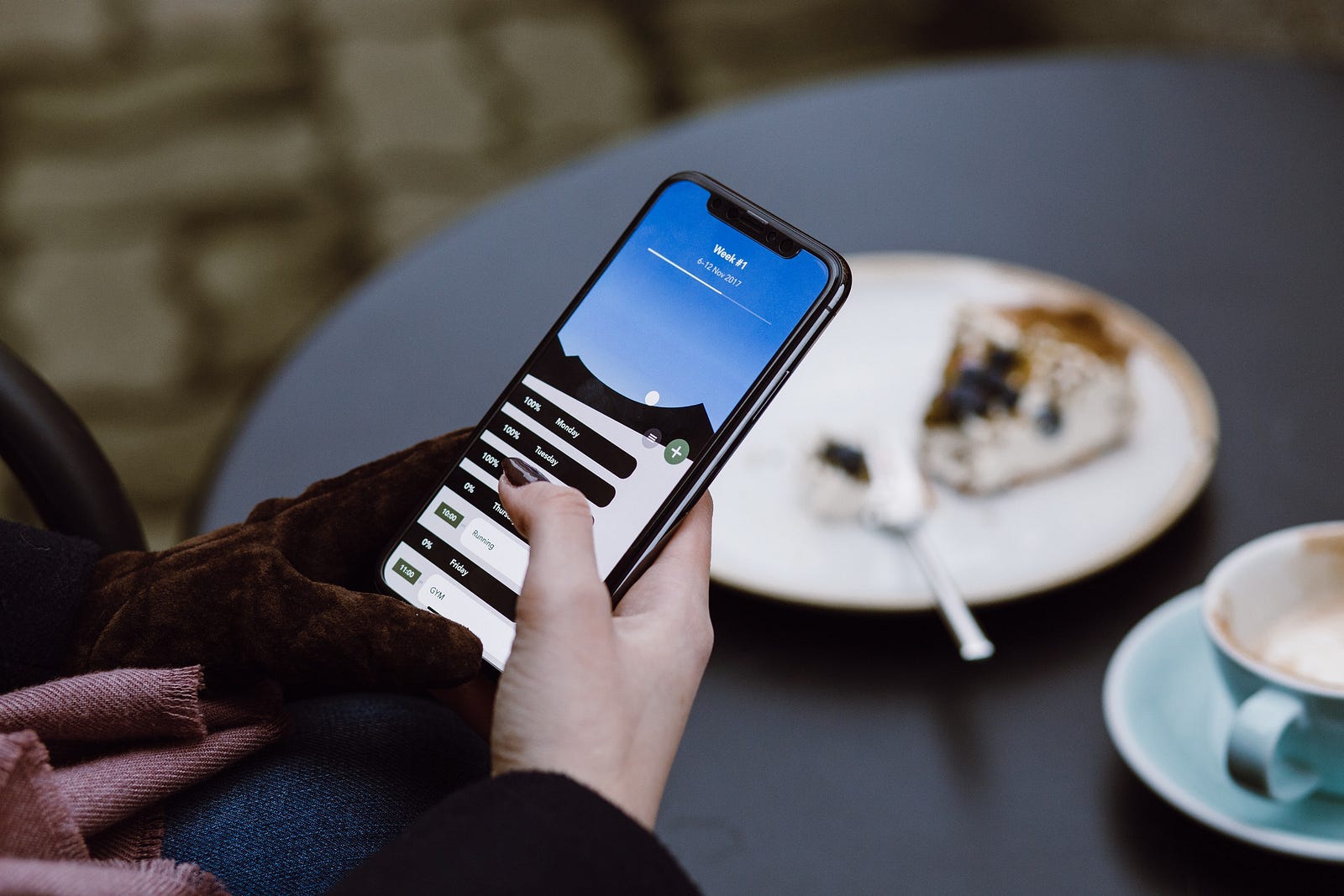5 Most Impactful Mobile UX Trends for 2017
Judging by using the amount of buzz created via the quit of 2016, this year goes to be all about chat-orientated interfaces, artificial intelligence, responsive designs, in conjunction with digital and augmented fact inside the cell app universe. To be triumphant and build apps that can be beneficial and functional, one wishes to put together for brand spanking new challenges. Hence, it will become essential that we become aware of the most important tendencies of the time.

According to a latest examination, a mean consumer simplest uses about three apps often, and one in all of them is often a messaging app. People experience chatting, so everyone desires to take gain and tap into fashion. But, at the same time as doing so, it is also important to create functions that can be particular. For instance, the Luka app makes it viable to communicate with bots on some subjects varying from restaurants, day-by-day information to thermonuclear physics.
This is why voice-activated verbal exchange structures powered through artificial intelligence will be more popular, each as standalone apps and included features.
We have already visible what virtual assistants like Apple’s Siri, Amazon’s Echo, and Microsoft’s Cortana can do. As this era progresses, we can count on conversational interfaces to emerge as the finest hits of 2017.
Mobile apps have now been around long enough for absolutely everyone to know their capacity. We can safely finish that they’re not used most effectively by the younger and technology-savvy, but by all and sundry. And, customers are conscious that they can get pleasant, for this reason, it is made them more stressed.
To achieve the exceptional user revel in, it is critical to be aware that humans sometimes do not now use apps in the manner they intended. This ends in them getting pissed off and therefore leaving a poor review about the app. Therefore, it is critical to have the right verbal exchange and examine character user experience to improve apps.
Analyzing person stories in apps can be executed thru Qualitative Analytics gear like user consultation recordings and contact heatmaps. With the assist of this equipment, builders can get rid of bugs, pinpoint weak regions, and design a greater intuitive interface. Qualitative Analytics enables developers to ensure that their apps are getting used properly. This trend is positive to pick out up substantially and will have a top-notch effect on consumer experience.

The personalization of UI Design is much like ‘Responsive Design.’ The difference between them is that responsive design is ready an internet site adapting to the format of a huge range of devices, like 4K TV, HD screen or a phone. And, personalization in UI design (or age-responsive design), maybe in comparison to a layout adapting to the format of someone.
This may be carried out with the assistance of the already available metadata, i.E. Tapping into the facts already supplied through a consumer through the tool, app, or exceptional systems/apps. They can offer records approximately whether the font length should be expanded, the degree of brightness must be reduced, or if flashing pix and sounds need to be eliminated. Mobile app UI design can be anticipated to transport similarly far away from being tool-focused and be more user-centered.
Augmented and virtual truth technology (AR & VR) is another promising direction toward completely changing how we see and use apps. The idea of AR and VR has begun making an effect on the mobile industry.
This concept has ended up an opportunity as cellular gadgets can provide an exquisite amount of processing electricity. Galaxy S7 Edge, Google Pixel, and Xiaomi Mi 5 all have VR-geared-up displays and can be had on the market.
VR and AR have huge capacity in regions together with tourism, creation, buying, schooling, and communique. For example, ‘ traveling’ a vacationer vicinity earlier than genuinely traveling the place, a ‘walk’ round the new residence before the renovation, trying out garments before purchasing, studying anatomy in ways that couldn’t be imagined ten years ago, or having a digital boardroom meeting.
A suitable instance of this era is a Fabric Rendering App designed by Tailwebs that allows clients to test layout platters in textiles and furnishings, assisting them in finalizing products easily.
Also, an interactive platform referred to as Tailor – I have been released with the aid of Textronic, which can be used to choose customized clothing. It is like your online garment stylish and tailor shop that allows you to pick collars, cuffs, lapels, plackets, and lots greater. The decided-on elements can then be mixed and the garment right away visualized.
Another trend this is, in reality, picking up is presenting customers with distinct options to transport via an app. Presently, three navigation problems triumphing in apps are linear navigation, hamburger menu, and one-passed navigation (apps not being usable with one hand on huge smartphones).
Linear navigation allows customers to navigate thru the app the equal way. Uber is a superb instance as customers must observe a similar direction – 1) Set a pickup location, 2) Set the vacation spot, three) Press ‘request’, four) Rate the motive force. What is now expected is new and innovative navigation solutions that permit customers to move thru an app freely. A good instance is Amazon Shopping, where customers can browse through several categories without going down a sure direction to get to them.
Problems with one-handed navigation also are expected to phase out slowly. These days, maximum smartphones are quite big, and people aren’t able to reach the corners with the aid of just one hand. A top method to this can be enforcing a better navigation gadget that continues in mind how people use smartphones.